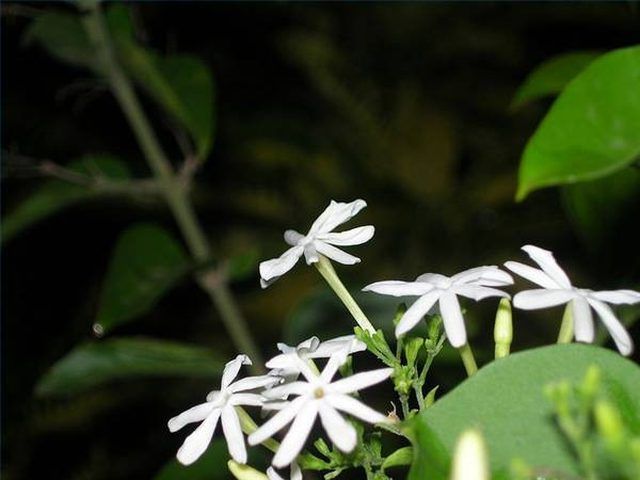Bulbs
Flower Basics
Flower Beds & Specialty Gardens
Flower Garden
Garden Furniture
Garden Gnomes
Garden Seeds
Garden Sheds
Garden Statues
Garden Tools & Supplies
Gardening Basics
Green & Organic
Groundcovers & Vines
Growing Annuals
Growing Basil
Growing Beans
Growing Berries
Growing Blueberries
Growing Cactus
Growing Corn
Growing Cotton
Growing Edibles
Growing Flowers
Growing Garlic
Growing Grapes
Growing Grass
Growing Herbs
Growing Jasmine
Growing Mint
Growing Mushrooms
Orchids
Growing Peanuts
Growing Perennials
Growing Plants
Growing Rosemary
Growing Roses
Growing Strawberries
Growing Sunflowers
Growing Thyme
Growing Tomatoes
Growing Tulips
Growing Vegetables
Herb Basics
Herb Garden
Indoor Growing
Landscaping Basics
Landscaping Patios
Landscaping Plants
Landscaping Shrubs
Landscaping Trees
Landscaping Walks & Pathways
Lawn Basics
Lawn Maintenance
Lawn Mowers
Lawn Ornaments
Lawn Planting
Lawn Tools
Outdoor Growing
Overall Landscape Planning
Pests, Weeds & Problems
Plant Basics
Rock Garden
Rose Garden
Shrubs
Soil
Specialty Gardens
Trees
Vegetable Garden
Yard Maintenance
The Life Cycle of Jasmine Flowers
The Life Cycle of Jasmine Flowers. The Oleaceae (Lilac) family includes Jasminum (jasmine), Syringa (lilacs), Ligustrum and Forsythia. Jasmine are native to Himalayan valleys and highlands of southern India, Myanmar and Sri Lanka. Their habit is twining vine to low prostrate shrub. Wild jasmine plants survive 15 to 20 years. They set their first...

The Oleaceae (Lilac) family includes Jasminum (jasmine), Syringa (lilacs), Ligustrum and Forsythia. Jasmine are native to Himalayan valleys and highlands of southern India, Myanmar and Sri Lanka. Their habit is twining vine to low prostrate shrub. Wild jasmine plants survive 15 to 20 years. They set their first flowers during the second year and bloom from late spring through early autumn. They produce black berries, each with one seed, dispersed by birds. In contrast, commercial jasmine are intricately manipulated during cultivation.
Species
Of the 200 named species of the genus Jasminum, about half are synonyms, so that the actual number of species is about 90. Of these, four species are commercially significant. Jasminum grandiflorum, a climbing shrub, produces a sweet, fruity odor used in perfumes. Chanel purchases most jasmine grown in France, which is 50 percent of world production. Jasminum sambac, a night-blooming climbing shrub, flowers with a heavy scent to lure nocturnally active insects. Sambac is the jasmine added to black tea. Jasminum officinale, a large shrub, is the garden variety "Tuscan Jasmine" was brought to Italy from India by the Duke of Tuscany in 1691. Jasminum auriculatum blooms are sold in India's flower markets and worn as garlands.
Perfume
Jasminum grandiflorum is cultivated for perfume in southern India and in France, Belgium, The Netherlands, Italy, Turkey, Morocco and Tunisia. Most European production is at Grasse in southeast France in the mild climate of the winter resorts of the Cote d'Azur. About 350,000 flowers will yield 1 kilogram (2.2 pounds) of "concrete," composed of plant waxes and fragrance, which is alcohol processed to "absolute," the raw essential oil. Jasmine is harvested at night and sold in flower markets or extracted in the early morning. The Indian government subsidizes new starts of jasmine production, and in 2009 launched a program to provide head lamps to harvesters to help prevent snakebites.
Propagation
Jasmine seedlings grow slowly, so cultivated jasmine is propagated from terminal (growing tip) cuttings with several nodes and one leaf. Natural suckers can also be propagated. The cuttings are treated with a soluble salts rooting solution and rooted in equal parts of sand, vermiculite and moss. After 120 days, the cuttings can be set into open-ploughed fields, growing in pits evacuated to 4 feet. The lower depth of the pit is filled with a mixture of rotted manure, sand and soil, and the upper half is filled with top soil.
Pruning
During the first year, the young plants are pinched to encourage bushy branching, since blooms set on both terminal and axillary tips. Pruning begins in the second year, to eliminate suckers, old growth, basal branches, and any trailing branches and to encourage fresh shoots and increase the number of blooms. Upper branches are pruned to 4 feet above ground level. Larger commercial operations use defoliants instead of pruning. Organic manure is applied after pruning, but too much manure encourages vegetative growth over blooms.
Harvest
Flowers can set as early as 90 days after a cutting is rooted, but stable economic yield from jasmine begins in the third year and continues at least until the twelfth year before yield declines. If flowers are harvested for floral garlands, the closed buds are harvested during the night before market. For perfume production, fully opened flowers are harvested near dawn. Jasmine is one of the few picked flowers that continue to develop fragrance, as much as 36 hours after harvest.